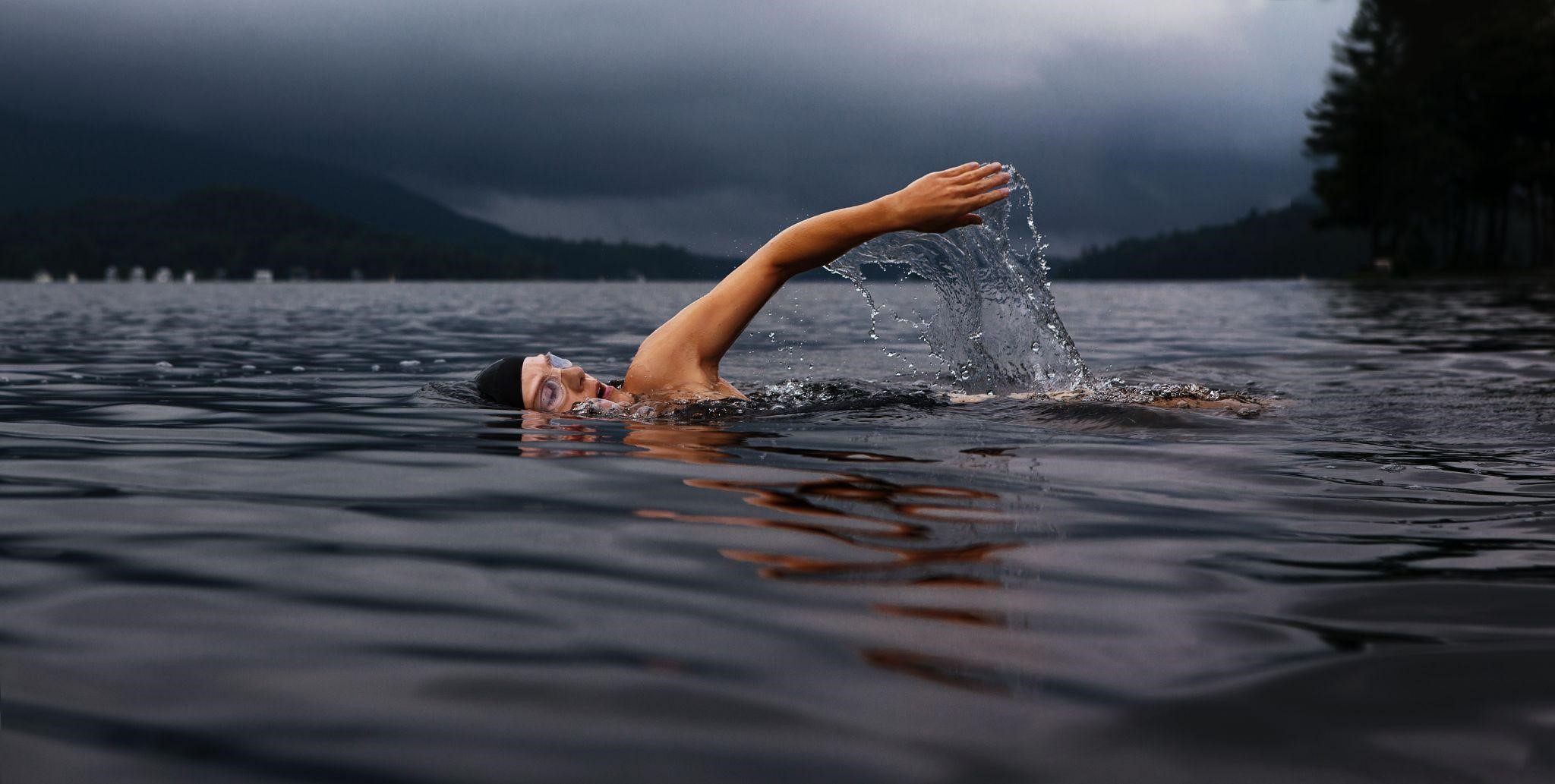Canoeing is an Olympic paddling sport, the essence of which is the fastest possible crossing of the course in a canoe. Places in the race are distributed among the participants as they cross the finish line.
History of canoeing
Kayaks (Eskimo boats) and canoes (Indian cakes) have been in the service of mankind for many years. Their oldest prototypes count over 2000 years. Canoeing as a sport owes its inception to Scotsman John McGregor.
It was he who in 1865 designed a canoe he called Rob Roy. It was 4.57 meters long and 0.76 meters wide. For comparison, modern kayaks and canoes have the following dimensions: single – 5.2 m, twin – 6.5 m, kayak-four – 11 m, canoe-four – 9 m; the width of the boat is free.
MacGregor was very fond of traveling in central Europe, and very soon canoeing became internationally renowned. In 1866 the first rowing club was founded – The Royal English Canoe Club. Later similar clubs started to appear in America, Canada and Scandinavia. In 1867 the first canoe regatta was organized. In 1924 in Copenhagen (Denmark) was established an international organization – International Canoe Federation, which approved the size of boats and distances for competitions. In 1933, the first European Championship was held in Prague and in 1939 the first World Championship in canoeing was held in Vaxholm (Sweden). In 1924, the first exhibition races were held at the Olympic Games in Paris, but canoeing was included in the Olympic program only in 1936.
Rules
The following types of boats are used in canoeing competitions: single, double and four. The competition program includes both men’s and women’s heats.
Official races in canoeing are held at distances: for men – 200, 500, 1000, 2000, 5000, 10000, 20000, 42000 m, extra-long; for women – 200, 500, 1000, 2000, 5000, 20000, 42000 m, extra-long. In the 1000m races, competitors must adhere strictly to their lane, they must not get closer than 5m to the next boat in order that they cannot take advantage of the water current.


